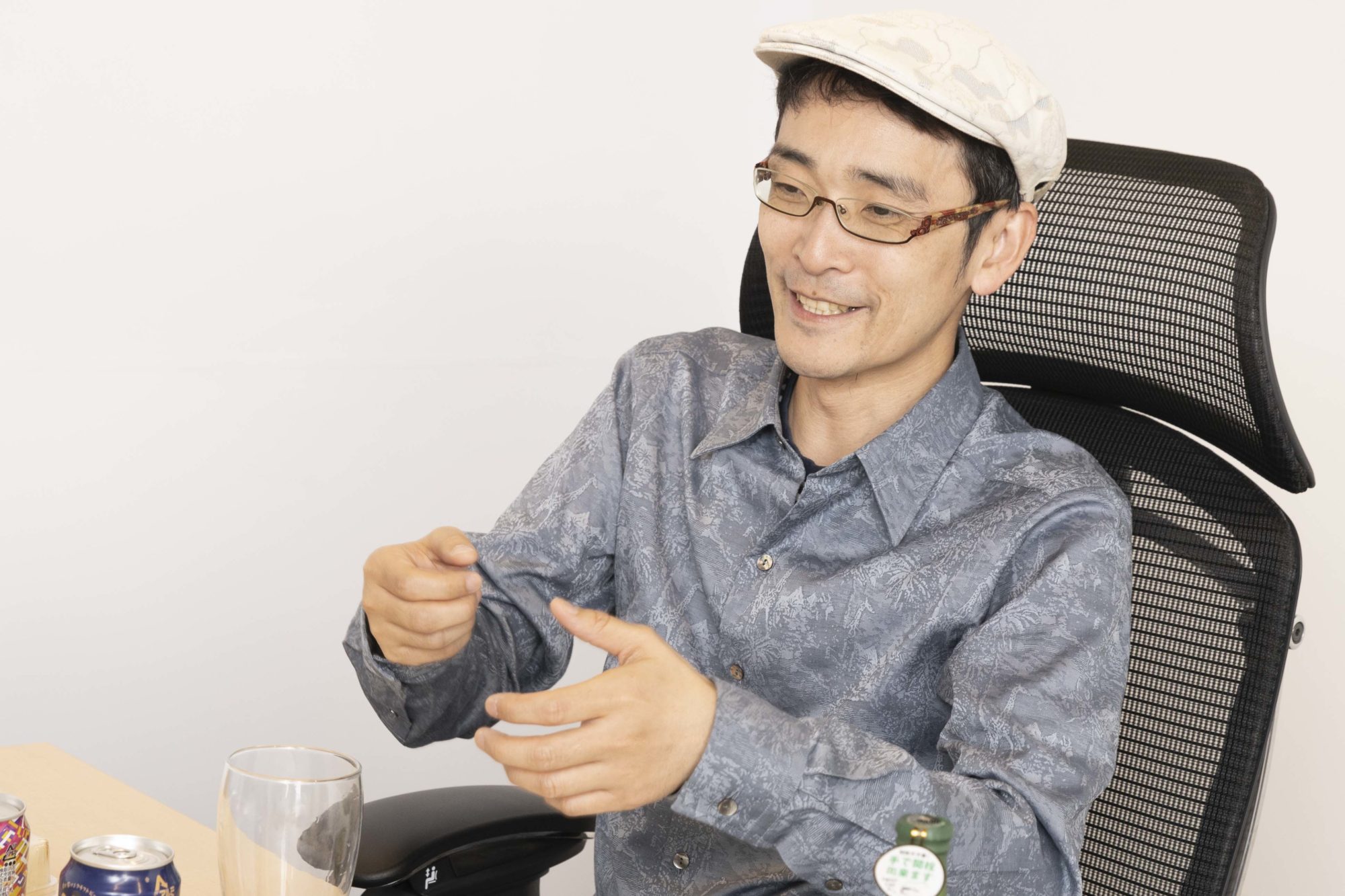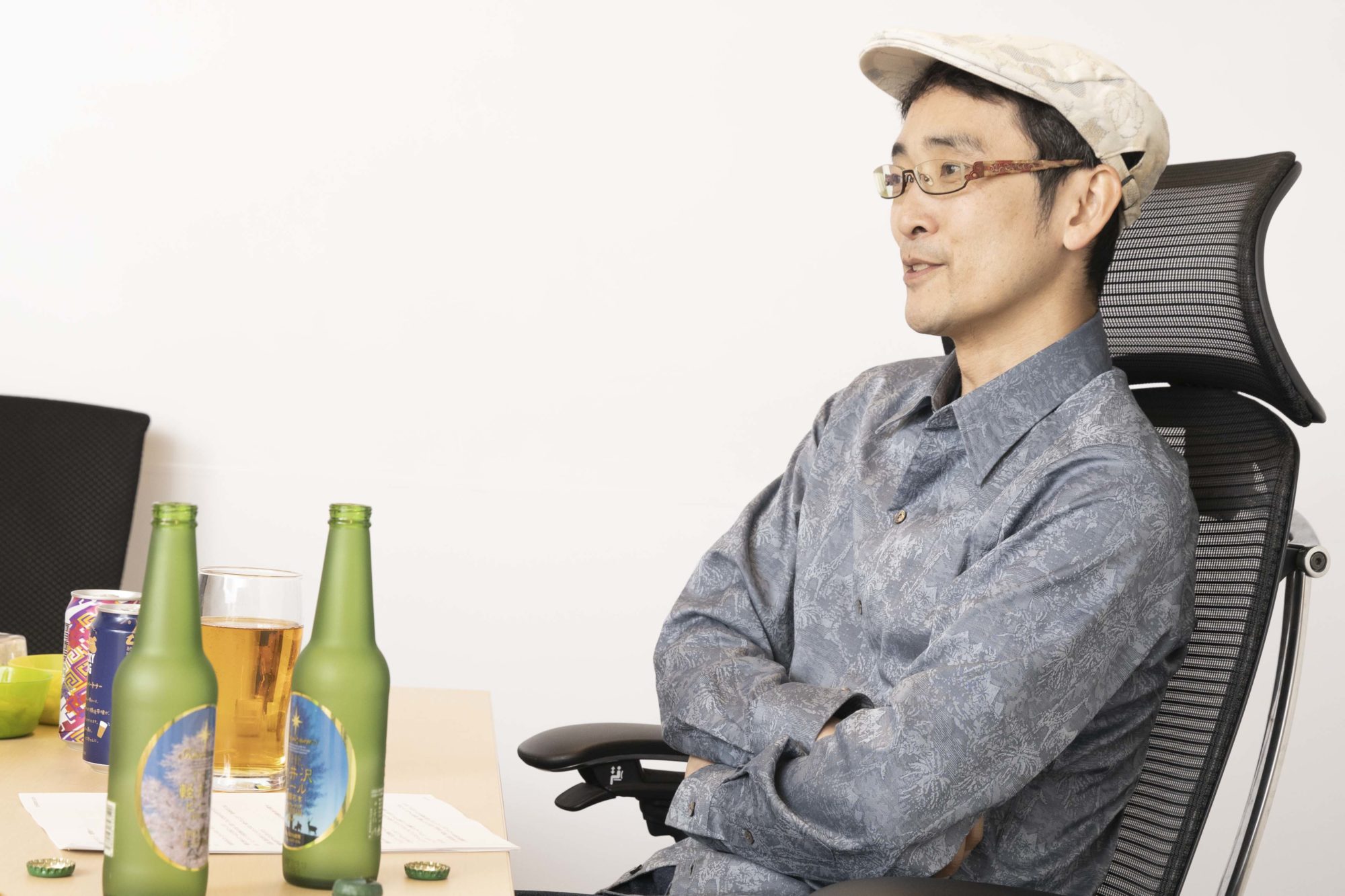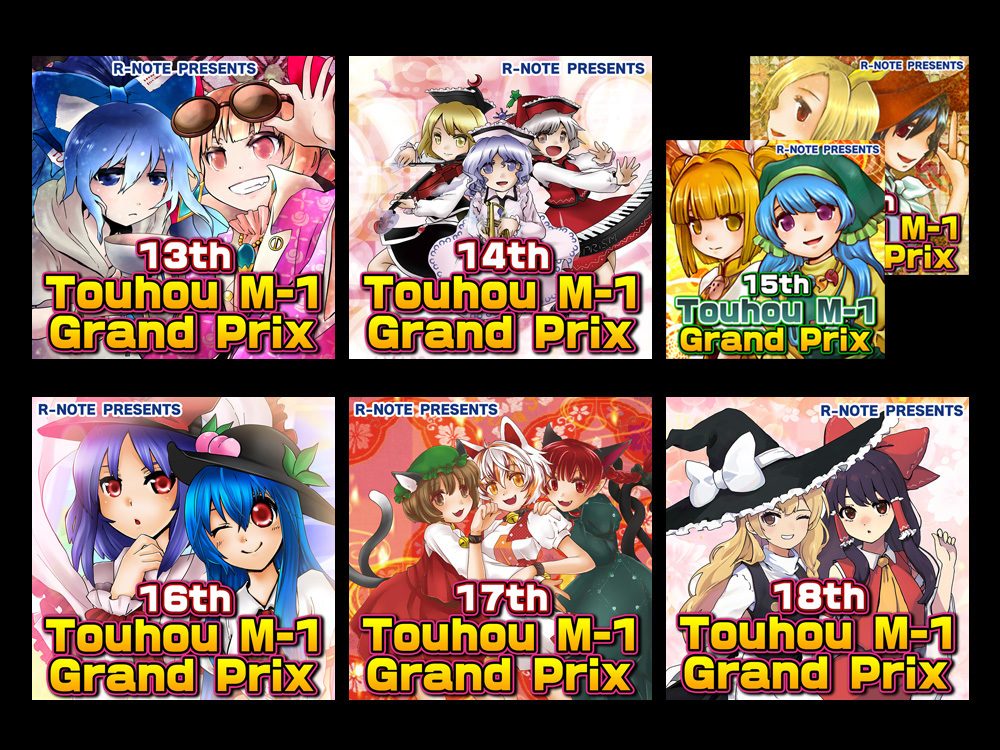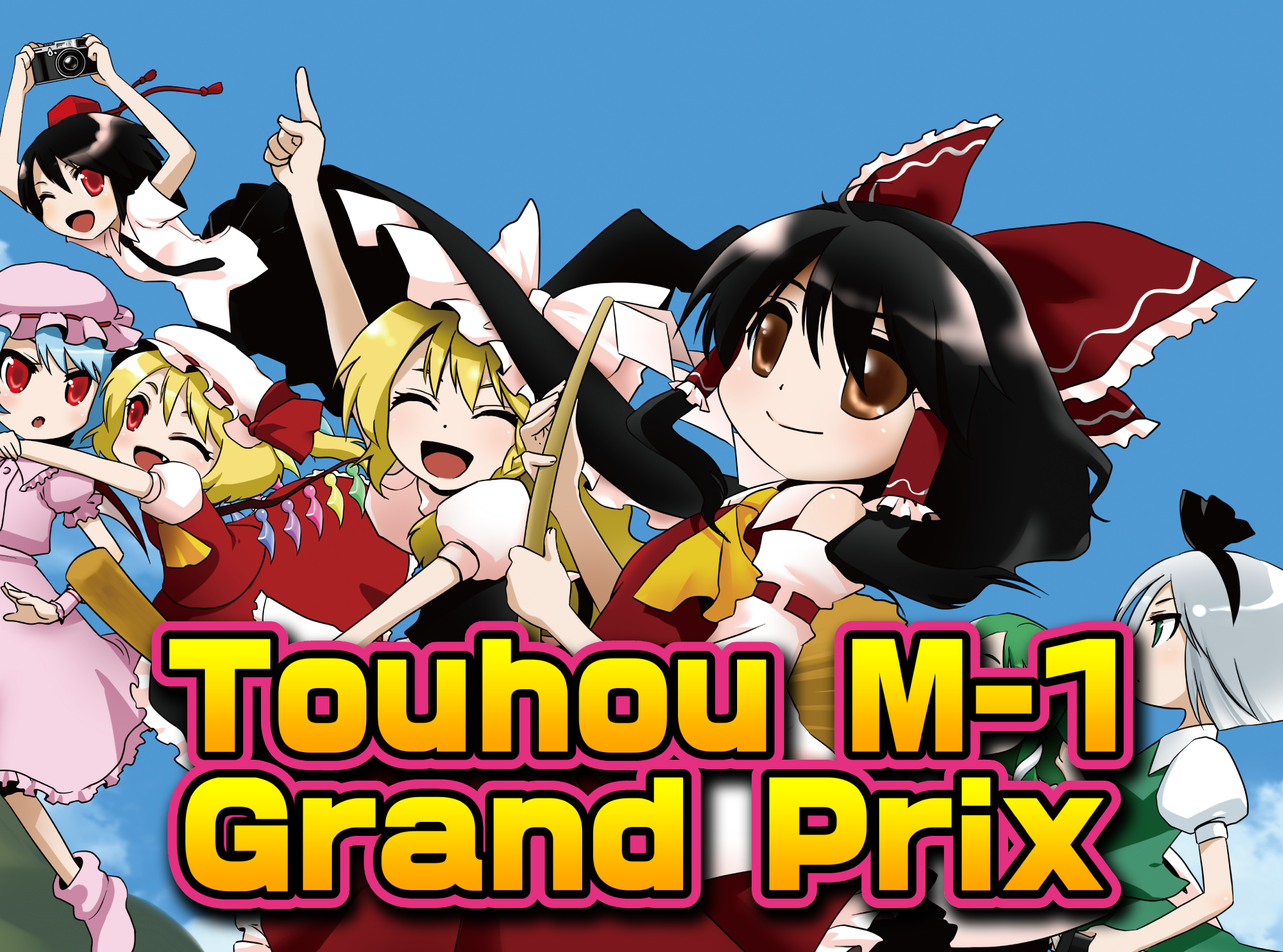Making Games is Just Like Playing Detective Mystery Games?! The First Ever Touhou and ZUN’s First Comiket (Our Interviewer’s Now an Hour Late)
[Part 2]

The Birth of the PC-98 Touhou Games
When it came to learning programming by yourself, how did you go about it? Was it through sheer willpower?
ZUN:
I couldn’t find any good info because there weren’t any books dedicated to programming games back then. Not even things like “How am I supposed to make this image appear?”.
But I did discover pieces here and there. And when the source code was included, I would tinker with it and learn how things worked. Later on, I would grab books explaining hardware and gradually learned that, for example, playing with the memory this way might cause this outcome.
That’s why I think programming is like playing those detective mystery games, haha. The answer’s somewhere in the material, so I needed to comb over the clues in order to figure it out.
Slow and steady wins the race, huh.
ZUN:
I would add that the whole process is interesting in itself though. That said, I do recognize it would be difficult to go through what I did today since modern hardware’s become more sophisticated. I finally ended up diving into machine language. I felt I couldn’t depend on the C language, so I often wrote things in assembly.
You made your first PC-98 Touhou game, Touhou Reiiden ~ Highly Responsive to Prayers*, by yourself in November 1996.
*Touhou Reiiden~ Highly Responsive to Players
Released in November 1996, this is the first Touhou game ever to be made. It is not a shoot em’ up and the Japanese name for Hakurei Reimu differs slightly in this PC98 game compared to Windows. It’s closer to titles like Arkanoid.
ZUN:
I showed the game off at the culture festival during my second uni year.
Just curious, did you present anything in your first year?
ZUN:
A prototype of Highly Responsive. The game didn’t have characters yet, just the game engine. The next culture festival I attended, I added characters and music and that’s how Highly Responsive came to be.
Highly Responsive is a pretty strange game, I must say. It’s got block breaker arcade game mechanics, shoot em’ up elements, and pinball’s included in the mix too.
ZUN:
That’s because I didn’t have enough programming knowledge to make a shmup game. After learning how to add pictures, making the characters move, and getting the music to play, it just turned out like that. Because of that, I’ve always considered it as practice.
Anyway, I tried the game after completing it and found many things that didn’t meet my standards. I knew the next step was to create a fully-fledged shoot em’ up.
Sidebar: The Mystery of Highly Responsive
The First Time ZUN Attended Comiket
The second Touhou title, Touhou Fuumaroku ~ The Story of Eastern Wonderland*, is where we can first see the distinctive vertical scrolling element now found in today’s Touhou games.
*Touhou Fuumaroku ~ The Story of Eastern Wonderland
Released in August 1997, this second game became the genesis of all Touhou games to come: the vertical shoot em’ up. While the player still only controls Reimu, Marisa makes her first appearance on the fourth level.
ZUN:
When I worked on Highly Responsive, I couldn’t get vertical scrolling to work. Getting the screen on the PC-98 to scroll was ridiculously tough. I would look at other games, guess how the developers made the scrolling work, and pilfered them. I remember how I would just steal techniques.
How did you feel about finally getting it to work in Eastern Wonderland?
ZUN:
All I cared about was getting the job done, so I felt something was missing after wrapping up. I knew I could’ve put in more effort.
Eastern Wonderland came out at the August 1997 Comic Market. What made you consider getting a booth there?
ZUN:
While working on Highly Responsive, one of my seniors in the group said that I should’ve entered the Winter Comiket and that’s how I learned about Comiket.
While I applied for next year’s Summer Comiket and was thinking about releasing Highly Responsive there, I had some time to spare and worked on Story of Eastern Wonderland. That’s why I published both games on that Comiket.
Did you by any chance attend that Winter Comiket?
ZUN:
Nope. My first Comiket trip was the first time I attended as a circle.
What were your thoughts on your first ever visit to Comic Market?
ZUN:
When I read the Comiket Catalog’s Manga Report (TL Note: A collection of thoughts and opinions from the people selling doujin media and goods in Comiket, neatly visualized in manga form — some old Manga Reports can be seen here: https://www.comiket.co.jp/info-a/MR/mr.html), I had the impression that Comiket was like a festival. But in the doujin game area, there weren’t that many people, haha. Still, I was able to sell all the copies of games immediately. It surprised me that they sold out and I had tons of fun.
Seems like you’ve had fun seeing your work be sold in front of your very eyes.
ZUN:
Yeah, I decided to make a new game and participate in the next Winter Comiket. There, people would come up and tell me that they bought the previous game during Summer and thought it was really fun. They bought the new game. So I made the next one, and the next, and so on.
It’s indeed unbelievable that you made Touhou 2-5 very quickly. The gap between Eastern Wonderland and Yumejikuu ~ Phantasmagoria of Dim.Dream* was merely four months while Touhou Gensoukyou ~Lotus Land Story** came out in the following Summer Comiket. You later released another work in Winter Comiket, meaning you were on the pace of two games per year.
*Touhou Yumejikuu ~ Phantasmogoria of Dim.Dream
Released in December 1997, this PC98 game is the third Touhou title. This features two players fighting against each other in split vertical screens. Marisa is playable for the first time here. Two players can also play this game.
**Touhou Gensoukyou ~ Lotus Land Story
Released in August 1998, the fourth game returns to its vertical shoot em’ up roots. The player can choose to play as Reimu or Marisa here.
ZUN:
Haha, that’s because I rarely attended classes. I somehow graduated from university with just enough credits.
The Origins Behind ZUN's Interest in Feminine Characters
The PC-98 Touhou games already featured a lot of ZUN character motifs and traits, so where did they come from? Feels like they’re inspired by shoujo manga.
ZUN:
I actually never read shoujo manga when I was younger. I only read it way later.
I don’t go out of my way to pull motifs or tropes to create my world or characters. It was simply the result of adding things I liked.
But what about the more feminine things, like goth lolita and Alice in Wonderland-inspired fashion? This was something that came to my mind during the interview.
ZUN:
When people ask me why I like certain things, I’ve always found it difficult to answer…
I never touched anything close to stuff like that. That’s why I don’t have any good answers. If I had to guess, it might be because I was taking inspiration from many games I was playing that had these elements. It might’ve come to me through osmosis.
There’s no work I can pinpoint and say this is the one origin of everything feminine, but I will say that the games and manga I enjoyed often had stuff like this. I guess they’ve slowly accrued up in my mind as time went on.
To be continued in Part 3…
Interviewer: Saitou Daichi
Writer: Seinosuke Itou
Photographer: Fukuoka Ryouji (GEKKO)
Translator: Kastel
Editor: Nimrod
Making Games is Just Like Playing Detective Mystery Games?! The First Ever Touhou and ZUN’s First Comiket (Our Interviewer’s Now an Hour Late) End




